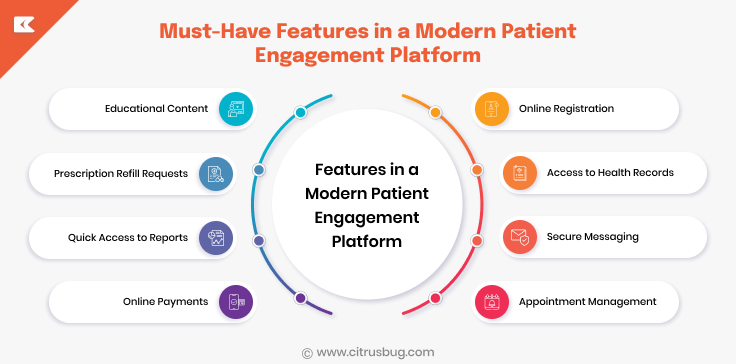Patient Engagement Software: Key Features, Real-World Examples, and Strategic Benefits
- June 27, 2025
-
1345 Views
- by Ishan Vyas
Table of Contents
- What Are Patient Engagement Solutions in Healthcare?
- Why Is Patient Engagement Software Important?
- Key Benefits of Patient Engagement Software Solutions
- What Type of Healthcare Organizations Need Patient Engagement Software?
- Must-Have Features in a Modern Patient Engagement Platform
- Types of Patient Engagement Systems for Hospitals
- Conclusion
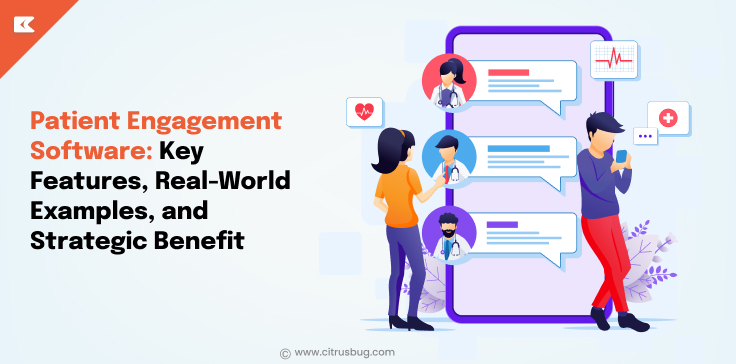
Patient’s expectations are changing as healthcare does. Patients today expect more than occasional check-ins. They want real-time information, access to their data, and active participation in their treatment journey. Traditional modes of care delivery no longer meet the expectations of today’s patients, who want better access, faster responses, and more personalized communication.
This is when Patient Engagement Solutions comes in handy. For medical facilities and providers, purchasing modern patient management software is more than just a convenience investment. These days, it is crucial for delivering excellent care, ensuring operational efficiency, and strengthening patient loyalty.
Hospitals and healthcare networks that previously only employed basic management systems are finding that they need engagement tools that extend the patient experience.
What Are Patient Engagement Solutions in Healthcare?
Patient engagement software solutions are digital tools that help patients stay connected with their healthcare providers outside of traditional in-person visits.
Often built into a hospital’s existing healthcare IT systems or electronic health record platforms, these solutions play a key role in supporting ongoing communication, care coordination, and self-management.
They help patients communicate with care teams, access their health data, understand their conditions, and stay on top of their treatment plans. Many also support telehealth visits and remote monitoring, making it easier to manage care from home.
But the best platforms go beyond just scheduling or reminders; they keep patients engaged, informed, and involved in their health journey. Instead of being passive recipients, patients become active participants. The result is a more personal, connected, and proactive healthcare experience.
Why Is Patient Engagement Software Important?
Patient engagement software plays a big role in improving how care is delivered and how it’s experienced by both patients and providers. Here’s why it matters:
-
Improved Patient Satisfaction and Retention
When patients feel heard, supported, and involved, they’re more likely to stick with a provider and follow through on treatment plans.
-
24/7 Access to Care Teams
With secure messaging and virtual visits, patients no longer need to wait for office hours to ask a question or get updates on their care.
-
Faster Access to Health Information
Healthcare professionals can quickly view patient histories, notes, and test results, helping them make better decisions with less delay.
-
Automated Workflows
Features like appointment scheduling, reminders, and follow-ups reduce admin time and help staff focus on care, not coordination.
-
Business Growth Through Better Experiences
A smoother, more personalized patient journey often translates into stronger loyalty, more referrals, and higher revenue for healthcare providers.
-
Regulatory Compliance Made Easier
Many platforms are built to align with HIPAA and other industry standards, helping organizations meet data privacy and documentation requirements.
Key Benefits of Patient Engagement Software Solutions
Improved Patient Communication
These tools make it easier for patients and care teams to stay in touch. Whether it’s sending a quick message, asking a question, or getting test results, communication becomes faster, more direct, and more reliable.
Better Adherence to Treatment Plans
With reminders, personalized instructions, and easy access to care information, patients are more likely to stick to their medications, appointments, and lifestyle changes.
Reduced No-Show Rates
No-shows can disrupt schedules, delay care, and create financial strain for healthcare providers. In fact, the U.S. healthcare system loses over $150 billion annually due to missed appointments. Patient engagement software helps tackle this issue by sending automated reminders through email, SMS, or phone calls. These timely prompts make it easier for patients to keep track of upcoming visits, significantly lowering the chances of missed appointments.
Operational Efficiency
By automating routine tasks like scheduling, follow-ups, and patient intake, staff can save time and focus more on delivering care rather than managing paperwork.
Advanced Data Collection and Insights
Engagement platforms collect useful data about how patients interact with care, like what content they view or when they respond, which helps improve communication and care strategies.
Data-Driven Decision Making
With access to real-time data and trends, healthcare providers can make more informed decisions about patient care, resource planning, and practice improvements.
Stronger Telehealth Integration
Telehealth has become a permanent part of healthcare, but its success depends on more than just offering video calls.
For virtual care to work well, patients need timely reminders, clear guidance on sharing health data from home devices, and easy access to post-visit instructions. Patient engagement tools help fill these gaps, making remote care more effective and consistent.
Financial Stability and Growth
Happier, more engaged patients often mean better reviews, stronger loyalty, and more referrals, which all support long-term revenue growth for healthcare providers.
Improved Chronic Disease Management
For patients managing conditions like diabetes or hypertension, regular check-ins, monitoring tools, and educational content help keep things on track and reduce complications.
What Type of Healthcare Organizations Need Patient Engagement Software?
Patient engagement tools aren’t just a trend; they’re becoming essential for healthcare providers who want to improve how they communicate with patients, deliver care, and run daily operations more smoothly. Different types of healthcare organizations benefit from these tools in different ways, depending on their size, services, and patient needs. Here’s how:
Hospitals
Large hospitals deal with thousands of patients, and keeping everything organized can be a challenge. Engagement software helps by simplifying tasks like scheduling, check-ins, and post-discharge communication. It reduces delays, shortens wait times, and helps staff deliver a smoother experience across departments.
Clinics
In smaller clinics, where staff often juggle multiple roles, engagement tools make it easier to keep up with patient communications, send reminders, and give quick access to records. This makes the care experience feel more personal and responsive.
Specialty Practices
For providers focused on specific medical areas like dermatology, cardiology, or orthopedics, these tools help deliver more targeted support. They can send condition-specific education, track treatment progress, and improve how patients follow through on specialized care plans.
Community Health Centers
These centers usually care for large, diverse populations, and efficiency is key. Engagement software helps them keep up with high volumes by automating communication and making care coordination faster and more organized.
Must-Have Features in a Modern Patient Engagement Platform
Modern patient engagement platforms come packed with features that make healthcare more convenient, organized, and accessible for both patients and care teams. Here are some of the essentials:
Online Registration
Allowing patients to fill out forms and register before they visit helps save time at the front desk and reduces the chances of errors in paperwork. It’s a small change that makes a big difference in day-to-day clinic operations.
Access to Health Records
Patients can log in to view their medical history, lab results, and prescriptions anytime. This kind of access not only keeps them informed but also makes it easier for care teams to coordinate treatment across departments. Many providers integrate this with their broader healthcare IT systems to ensure smooth data flow.
Secure Messaging
Sharing test results, follow-up instructions, or health updates through a secure channel is crucial, especially when dealing with sensitive personal data. Patient engagement platforms help keep communication confidential and compliant with healthcare regulations.
Appointment Management
Patients can book or reschedule appointments without calling the clinic. Automated reminders also help reduce no-shows, making it easier for clinics to manage their schedules and reduce idle time.
Online Payments
Built-in payment options let patients settle bills or copays through the platform—no need to wait in line or deal with manual processing. It’s a simple but effective way to speed up billing and improve the patient experience.
Quick Access to Reports
Once lab results are ready, patients can view and download them directly. They can also securely share these reports with specialists or care providers. Features like this are especially useful in AI-enhanced healthcare software where quick decision-making is often needed.
Prescription Refill Requests
Instead of visiting the clinic for routine refills, patients can request their medications through the portal. It’s convenient for patients and saves valuable time for doctors and staff.
Educational Content
A helpful platform doesn’t just manage tasks, it also informs. Sharing relevant content based on a patient’s condition (like articles, videos, or FAQs) helps them better understand their treatment plan and make more informed health decisions. This is also becoming a key focus in newer AI chatbot solutions for healthcare that guide patients through self-help resources.
Types of Patient Engagement Systems for Hospitals
Hospitals exploring patient engagement solutions generally have three main types to consider: ready-made (off-the-shelf) platforms, content-focused systems, and fully customized solutions. Choosing the right one depends on the hospital’s goals, workflows, and budget.
It’s important to work with a software development partner who understands your hospital’s specific requirements. The right solution should not only fit your current needs but also be flexible enough to scale and adapt to future demands in patient communication and coordination.
Off-the-Shelf Patient Engagement Software
These are pre-built solutions that hospitals can start using quickly. They come with a set of standard features and are usually available through different pricing tiers. Some offer fixed packages, while others let you mix and match features based on what you need.
Pricing can range from as low as $19/month for basic tools to around $499/month for more advanced plans. Keep in mind that costs may increase depending on the level of support, licensing, and customization required.
Best for Medical Practices That:
- Have a small team, usually not more than 10 doctors
- Are working with a limited budget
- Prefer to stick with their current internal workflows that can be adapted to newer tools
- Want a standalone patient engagement tool that doesn’t need to connect with other systems
Content Management System-Based Solutions
These platforms are usually custom-built using popular CMS tools like WordPress or Wix. They’re tailored to include specific features such as online patient registration, doctor appointment scheduling, communication between patients and providers, and even EMR/EHR integrations.
At first glance, these options may seem budget-friendly. However, the ongoing costs for updates, plugin licenses, and third-party tools can add up over time.
Generally, building a CMS-based patient engagement platform from scratch can cost anywhere between $40,000 and $50,000. This covers basic capabilities like managing appointments, handling secure payments, and ensuring reliable communication between patients and healthcare providers.
Custom-Built Patient Engagement Solutions
These solutions are developed from the ground up to match the specific workflows and requirements of your healthcare organization. They allow for full customization, so you can align the software with your internal systems without disrupting ongoing operations.
Unlike CMS-based platforms, custom-built systems offer greater flexibility for integrating advanced technologies such as AI, IoT, or Blockchain. You’ll typically need to collaborate with a specialized development team that can design and build the platform while also ensuring smooth integration with third-party tools and services.
In terms of cost, developing a fully tailored patient engagement system usually starts around $50,000. This typically includes features like collecting patient feedback, handling appointments and payments, chatbot integration, and analytics all designed to scale and evolve with your organization’s needs
Best for Medical Organizations That:
- Offer diverse medical services
- Are planning to scale or expand their operations
- Have access to initial development funding
- Rely on complex workflows that don’t adapt easily to standard software
Conclusion
Patient engagement isn’t just about adopting new tools, it’s about rethinking how care is delivered and how patients take part in their health journeys.
Healthcare providers who implement patient engagement systems are seeing tangible improvements not only in how efficiently they operate but also in how patients experience and respond to care. These solutions help bridge the gap between clinical expertise and patient participation, making the healthcare process more connected and responsive.
From improved care outcomes and smoother workflows to enhanced data handling and increased patient trust, the impact of well-designed patient engagement platforms is hard to overlook.
If you’re ready to elevate your patient experience, Citrusbug Technolabs is a leading healthcare software development firm that can help you build solutions that align with real clinical workflows and deliver measurable results. Let’s build something that works for both patients and providers.





 SaaS Development
SaaS Development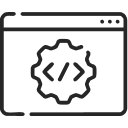 Web Application Development
Web Application Development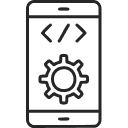 Mobile Application Development
Mobile Application Development Custom Software Development
Custom Software Development Cloud Development
Cloud Development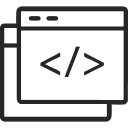 DevOps Development
DevOps Development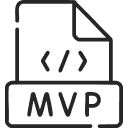 MVP Development
MVP Development Digital Product Development
Digital Product Development Hire Chatbot Developers
Hire Chatbot Developers Hire Python Developers
Hire Python Developers Hire Django Developers
Hire Django Developers Hire ReactJS Developers
Hire ReactJS Developers Hire AngularJS Developers
Hire AngularJS Developers Hire VueJS Developers
Hire VueJS Developers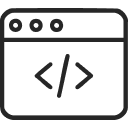 Hire Full Stack Developers
Hire Full Stack Developers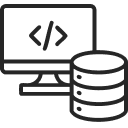 Hire Back End Developers
Hire Back End Developers Hire Front End Developers
Hire Front End Developers AI Healthcare Software Development & Consulting
AI Healthcare Software Development & Consulting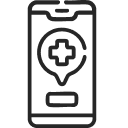 Healthcare App Development
Healthcare App Development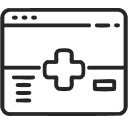 EHR Software Development
EHR Software Development Healthcare AI Chatbot Development
Healthcare AI Chatbot Development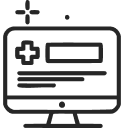 Telemedicine App Development Company
Telemedicine App Development Company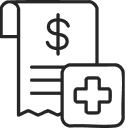 Medical Billing Software Development
Medical Billing Software Development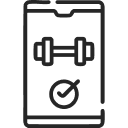 Fitness App Development
Fitness App Development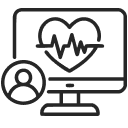 RPM Software Development
RPM Software Development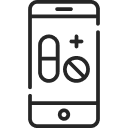 Medicine Delivery App Development
Medicine Delivery App Development Medical Device Software Development
Medical Device Software Development Patient Engagement Software Solutions
Patient Engagement Software Solutions Mental Health App Development
Mental Health App Development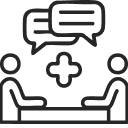 Healthcare IT Consulting
Healthcare IT Consulting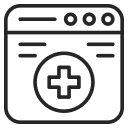 Healthcare CRM Software Development
Healthcare CRM Software Development Healthcare IT Managed Services
Healthcare IT Managed Services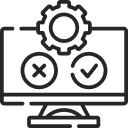 Healthcare Software Testing services
Healthcare Software Testing services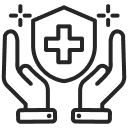 Medical Practice Management Software
Medical Practice Management Software Outsourcing Healthcare IT Services
Outsourcing Healthcare IT Services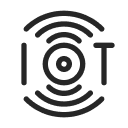 IoT Solutions for Healthcare
IoT Solutions for Healthcare Medical Image Analysis Software Development Services
Medical Image Analysis Software Development Services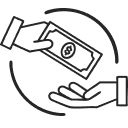 Lending Software Development Services
Lending Software Development Services Payment Gateway Software Development
Payment Gateway Software Development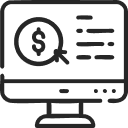 Accounting Software Development
Accounting Software Development AI-Driven Banking App Development
AI-Driven Banking App Development Insurance Software Development
Insurance Software Development Finance Software Development
Finance Software Development Loan Management Software Development
Loan Management Software Development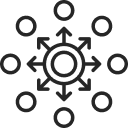 Decentralized Finance Development Services
Decentralized Finance Development Services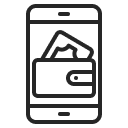 eWallet App Development
eWallet App Development Payment App Development
Payment App Development Money Transfer App Development
Money Transfer App Development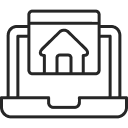 Mortgage Software Development
Mortgage Software Development Insurance Fraud Detection Software Development
Insurance Fraud Detection Software Development Wealth Management Software Development
Wealth Management Software Development Cryptocurrency Exchange Platform Development
Cryptocurrency Exchange Platform Development Neobank App Development
Neobank App Development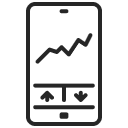 Stock Trading App Development
Stock Trading App Development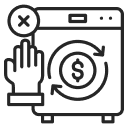 AML software Development
AML software Development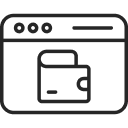 Web3 Wallet Development
Web3 Wallet Development Robo-Advisor App Development
Robo-Advisor App Development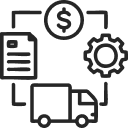 Supply Chain Management Software Development
Supply Chain Management Software Development Fleet Management Software Development
Fleet Management Software Development Warehouse Management Software Development
Warehouse Management Software Development LMS Development
LMS Development Education App Development
Education App Development Inventory Management Software Development
Inventory Management Software Development Property Management Software Development
Property Management Software Development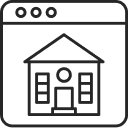 Real Estate CRM Software Development
Real Estate CRM Software Development Real Estate Document Management Software
Real Estate Document Management Software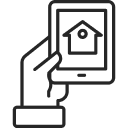 Construction App Development
Construction App Development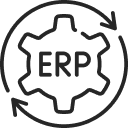 Construction ERP Software Development
Construction ERP Software Development





